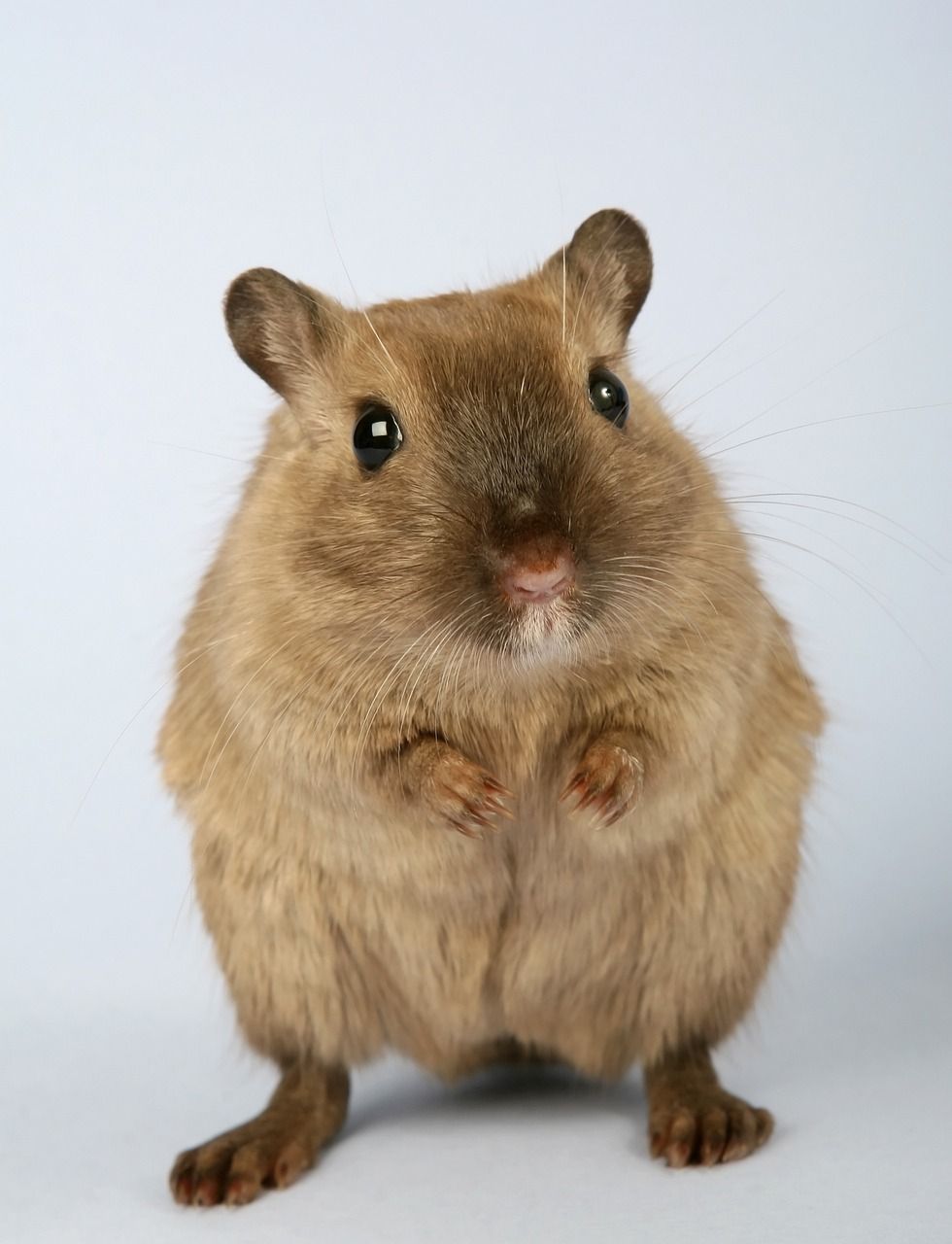Hamster Mature: A Comprehensive Guide to Mature Hamsters

Introduction
Hamsters are beloved pets that bring joy and companionship to many people around the world. As these adorable creatures grow older, they go through a stage called ”hamster mature.” In this article, we will provide an in-depth overview of hamster mature, explore different types of mature hamsters, discuss their variations, and delve into the historical pros and cons of various mature hamster breeds. Whether you’re a first-time hamster owner or a seasoned enthusiast, this article will serve as a valuable resource to better understand and care for mature hamsters.
1. An Overview of Hamster Mature

Hamster mature is a significant period in a hamster’s lifespan, typically occurring when they reach six months or older. It is during this stage that hamsters undergo physical, behavioral, and hormonal changes. These changes are vital for their overall well-being and can significantly impact their interactions with owners and other hamsters. Understanding the different aspects of hamster mature becomes crucial when providing appropriate care and attention to these furry companions.
2. Types of Mature Hamsters
There are several types of hamsters that experience the stage of hamster mature. Each type has its unique characteristics that differentiate them from one another. Some popular mature hamster breeds include the Syrian hamster, Dwarf Campbell Russian hamster, Dwarf Winter White Russian hamster, Roborovski hamster, and Chinese hamster.
The Syrian hamster, also known as the Golden hamster, is the most common and largest hamster breed. It is known for its friendly nature, making it an ideal pet for families. The Dwarf Campbell Russian hamster and Dwarf Winter White Russian hamster are smaller in size but equally charming. They are highly active and require sufficient mental stimulation. Roborovski hamsters are the smallest breed and are known for their energetic and curious nature. Chinese hamsters exhibit a longer body shape and have a distinct appearance, making them a fascinating addition to any hamster enthusiast’s collection.
3. Quantitative Measurements of Hamster Mature
Quantitative measurements play a vital role in understanding hamster mature. By tracking specific observations, owners can assess the health and development of their mature hamsters. Some key measurements include weight, size, life expectancy, and reproductive potential.
Weight can indicate the overall health and well-being of a mature hamster. Regular monitoring of weight can help detect any unusual fluctuations, which may signal underlying health issues. Size measurements are essential for understanding the growth patterns of different hamster breeds. Life expectancy varies among hamster breeds, with some living up to 2-3 years while others may reach 3-4 years. Reproductive potential is another important quantitative measurement, as it determines the possibility of breeding and understanding the responsibilities associated with it.
4. Differences Among Mature Hamsters
Mature hamsters differ from one another in various aspects, including size, personality, and exercise needs. Syrian hamsters, being the largest breed, often require more spacious habitats and exercise opportunities. Dwarf hamsters, on the other hand, are tiny and need less space, but it’s crucial to provide them with plenty of toys and activities to keep them mentally stimulated.
In terms of personality, mature hamsters can have distinct traits. While some may be more sociable and enjoy human interaction, others might prefer solitude and be less inclined to engage with humans. Understanding these personality differences is crucial for providing appropriate care and creating a suitable environment for each hamster.
5. Historical Pros and Cons of Mature Hamster Breeds
Throughout history, various mature hamster breeds have gained popularity due to their unique characteristics. The Syrian hamster’s friendly nature and ability to bond with humans make it a beloved pet choice. However, their larger size can make handling and accommodation slightly more challenging.
Dwarf hamsters, such as the Campbell Russian and Winter White Russian breeds, are favored for their small size and curiosity. However, their tiny stature can also present challenges in handling and potential escape risks. Roborovski and Chinese hamsters, though less common, offer unique appearances and captivating behaviors that attract enthusiasts seeking a different hamster experience.
Conclusion
Hamster mature is an essential stage in a hamster’s life that owners must understand to provide appropriate care. By exploring the different types, quantifying measurements, discussing their variations, and considering historical pros and cons, we have provided a comprehensive guide to mature hamsters. Whether you have a Syrian, Dwarf Campbell Russian, Dwarf Winter White Russian, Roborovski, or Chinese hamster, knowing the intricacies of hamster mature will enhance your bond and ensure a happy and healthy life for your beloved furry companion.
















































